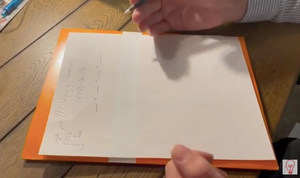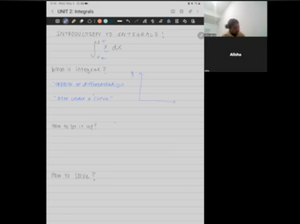So let's talk about the uses of the ablative in Latin. So long ago there was this culture called the proto Indo Europeans who live somewhere in Turkey, and they had a language that we now call proto Indo-European. You can see we know a lot about these people. Now, they had all of these various usages of a certain case ending. So we have no idea what the proto in Europeans did. What we know is in Latin, we ended up with the ablative case. Now, ablative has a variety of uses. It's probably the case that has the most uses. So how do you know which use it is? Well, you don't actually, because these usages were invented in the Renaissance.

The Romans did not use these case endings. A e is in the plural. So when you're looking at uses of the ablative, what you really have to think about is connection. You can memorize. It's an ablative of agent, meaning in a passive voice. He ran, he was brought to the store by his mom. By his mom, would be an ablative of agent, right? But really what that is, is it's a connection. It's a Causatory link. You have the ablative of, cause everything is ultimately an ablative of cause.
An ablative of instrument is, he wrote with a pen we write, say with a pen is an ablative of instrument. But ultimately the pen is just what is causing the writing to be able to happen. Ablative, we have these 5, 6, 7 different words for these different types of additives, but what they really all is cause. So whenever you're looking at a sentence and you're trying to figure out is this an ablative? Well, first ask yourself, does it have one of the ablative if endings a, e, o,is, Ibis? If it doesn't, then it's obviously not going to be one of those. But if it does have one of those endings, start thinking about is this causing something else in the sentence to happen or be able to happen? And then, you know, it's ablative.






